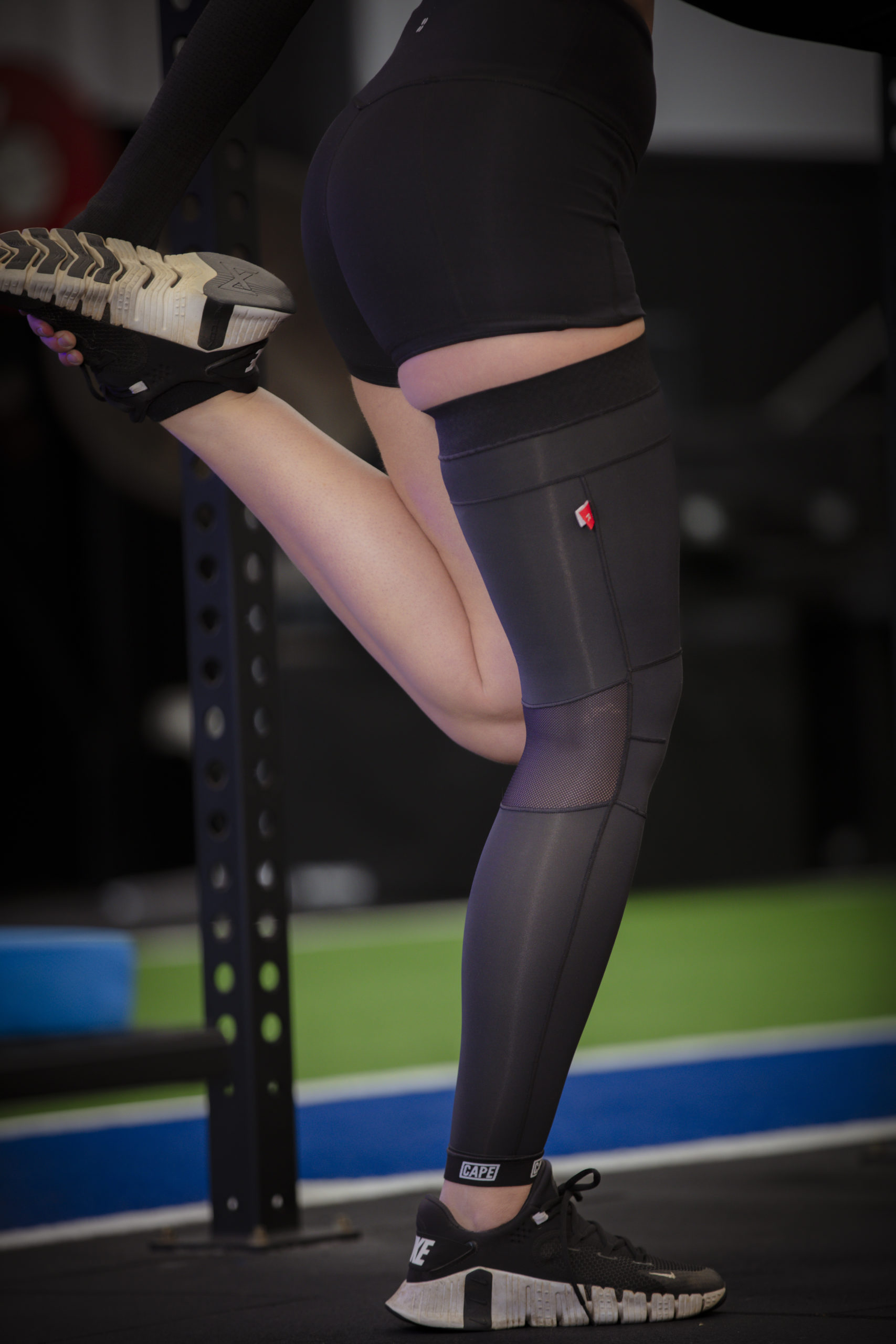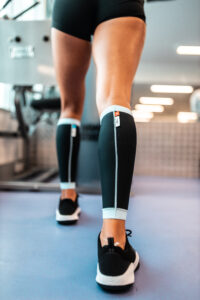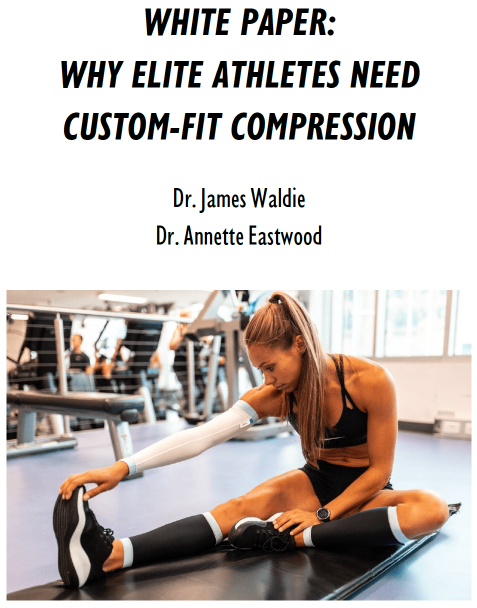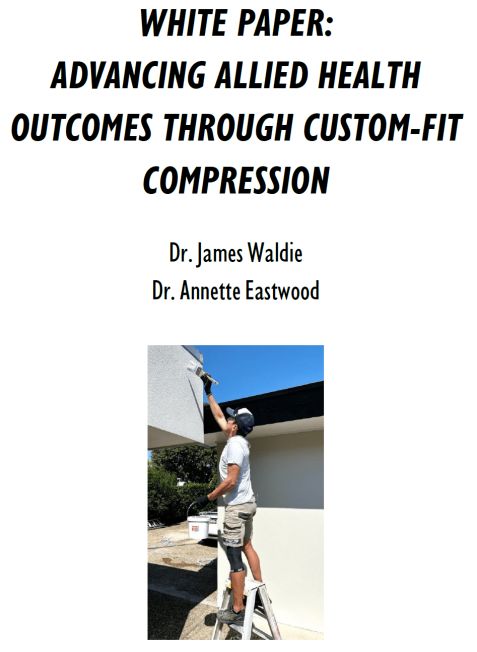Compression garments have been shown to improve athlete recovery, but what about injury prevention? We take a look into some of the latest research on whether compression garments can play a role in reducing risk of injuries.
What do athletes think about compression for injury?
In a recent study investigating lower body compression garment use by athletes, over 500 athletes were asked to provide information regarding their reasons for using compression garments and their perceived benefits (Franke et al., 2021). The primary reason that these athletes used compression garments was to prevent reinjury, with 48% of athletes reporting this as their main objective. Interestingly, almost 90% of athletes who were using compression garments for this purpose reported that use of compression garments contributed to secondary injury prevention. Other reasons athletes reported for using compression garments were to relieve symptoms of a current injury and primary prevention of injury.
So how might compression garments reduce the risk of injury?
Reducing muscle oscillation
It has been shown that wearing compression tights during treadmill running reduced markers of muscle displacement and soft tissue vibrations. These findings may have implications for reducing the risk of lower extremity injury from repetitive impact forces for example ITB syndrome, Achilles tendinopathy and muscle strains (Broatch et al., 2020).
A recent systematic review of compression garments showed that compression was consistently reported to reduce muscle oscillation during exercise (Weakley et al., 2021). It has been proposed that reduced oscillation of calf muscles during running may contribute to less fatigue and could enable better attenuation of impact forces from the foot to the ground therefore reducing the risk of lower limb stress related injury (Franke et al., 2021).
Increasing proprioception
Joint instability has the potential to cause unnatural loading and misalignment which may lead to injury (Angelakos et al., 2020). Compression garments have been shown to improve joint stability via an increase in proprioception. A recent study demonstrated improvements in lower limb stability during a forward lunge when compression garments were worn (Angelakos et al., 2020). Considering lunge like movements are present in many sports such as basketball, rugby, football etc, compression garments may be used as a stability aid, possibly reducing the risk of injury. (Angelakos et al., 2020).
The importance of correct fit
In order to maximise the effectiveness of compression garments for reducing risk of injury, it’s important to ensure garments fit correctly and apply optimal compression regimes. It has been shown that standard sized (off the shelf) garments sized based on height and weight, apply variable levels of pressure and therefore inconsistent benefits (Hill et al., 2015, Brown et al. 2022). CAPE provide custom fit compression garments sized based on a 3D scan to ensure that each individual receives optimal compression for genuine and consistent benefits.
REFERENCES:
- Angelakos, I., Mills, C., & O’Halloran, J. (2020). The effects of compression garments on stability and lower limb kinematics during a forward lunge. Journal of Human Kinetics, 71(1), 59-68.
- Broatch, J. R., Brophy-Williams, N. E. D., Phillips, E. J., O’BRYAN, S. J., Halson, S. L., Barnes, S., & Bishop, D. J. (2020). Compression garments reduce muscle movement and activation during submaximal running. Medicine and Science in Sports and Exercise, 52(3), 685.
- Brown, F, Hill, JA., Pedler, CR. (2022b). Compression Garments for Recovery from Muscle Damage: Evidence and Implications of Dose Responses. Current Sports Medicine Reports (21 (2); 45-52.
- Hill, J., Howatson, G., Someren, K., Davidson, S., & Pedlar, C. (2015). The variation in pressures exerted by commercially available compression garments. Sports Engineering (Springer Science & Business Media B.V.), 18, 115-121.
- Franke, T. P., Backx, F. J., & Huisstede, B. (2021). Lower extremity compression garments use by athletes: why, how often, and perceived benefit. BMC Sports Science, Medicine and Rehabilitation, 13(1), 1-14.
- Weakley, J., Broatch, J., O’Riordan, S., Morrison, M., Maniar, N., & Halson, S. L. (2021). Putting the squeeze on compression garments: current evidence and recommendations for future research: a systematic scoping review. Sports Medicine, 1-20.





